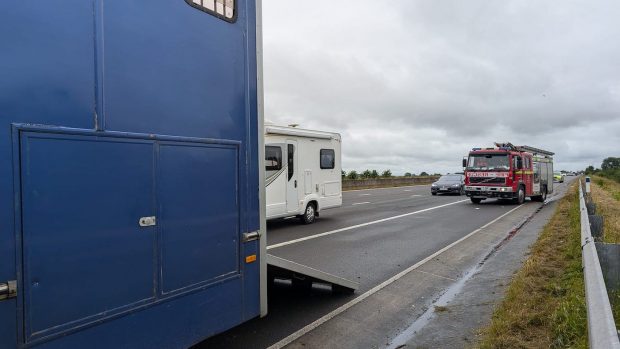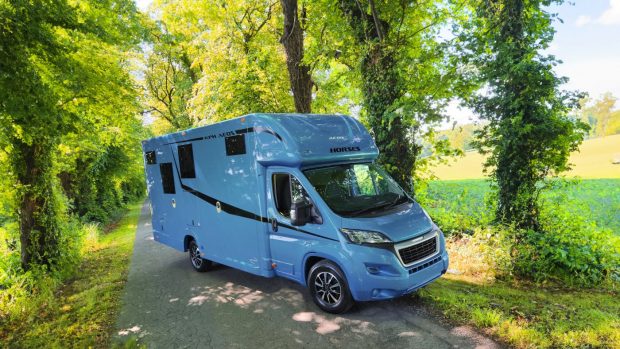More and more horseboxes are being pulled over by the police and escorted to a weighbridge for a spot check as the Vehicle and Operators Services Agency (VOSA) tries to tackle the number of overloaded vehicles on the road.
“VOSA is implementing a system of targeted enforcement,” says technical officer Steve Whitehart. “Horseboxes, due to their high unladen weight and the tendency for them to have a relatively low Gross Vehicle Weight [GVW, the maximum permitted weight of the vehicle, including passengers, horses and equipment] do have a high incidence of overloading.”
Drivers often mistakenly think that a 7.5-tonne lorry, for example, means the weight of the vehicle, rather than the limit you are allowed to carry. To complicate matters further, it is also illegal to carry too much weight on either the front or back axle, and you may be asked to redistribute the weight more evenly.
If your lorry is found to be overloaded a prohibition notice will be issued, banning it from being driven. To clear the prohibition, another vehicle may have to transport the excess load, and in some instances temporary accommodation for your horses may have to be arranged. You could then face prosecution with a fine of £5,000 per offence (which could be as much as £15,000 for a 7.5tonne lorry), as well as licence penalty points. If your vehicle is overloaded, insurance cover also becomes void — an unappealing proposition if you are involved in an accident.
Jon Phillips, managing director of the Organisation of Horsebox and Trailer Owners (OHTO), says: “I believe there are many overweight horseboxes on the road, not because people are knowingly breaking the law, but they simply don’t realise. People tend to get caught out when they do the one big summer show, as there are often more passengers and extra kit on board.”
So how much weight can you legally transport? All vehicles over 3.5 tonnes are tested by VOSA when they are first registered and given a ministry plate, which should be displayed in the cab. This will show the GVW measured in metric tonnes, such as 3.5 tonne, 7.5 tonne, up to 44 tonne.
To find out the weight legally available to you, empty the lorry — except for a full fuel tank and the driver — and weigh it at a public weighbridge (found in most towns — contact your local council, Trading Standards office or MOT testing station). The difference between the GVW and the unladen weight is known as the payload — the amount you can legally carry.
A payload of two tonnes, for instance, may sound ample until you consider that a typical horse can weigh up to 650kg, a pony up to 450kg, 80 gallons of water could be the equivalent weight of another horse and just one bag of feed is approximately 20kg.
Tips to keep the weight down
“The lorry has a large living area that sleeps six, a toilet, shower, cupboards, fridge, cooker with a 22-gallon water tank for the living and an eight-gallon one in the horsebox,” explains Janet. “If a 7.5-tonne lorry is restricting the amount you can carry, my advice would be to take the plunge and upgrade to a bigger lorry. It gives me peace of mind because I know my lorry will never be overloaded.”
“When I bought the box we did everything possible to keep the weight to a minimum, as we wanted to carry two horses,” he says. “We installed an aluminium partition to keep the weight down and the breast bars are lightweight, too. We also decided not to have a step up to the lorry, as this would add weight. It’s simply a two-stalled box, with two saddle racks, three shelves and no frills.”




